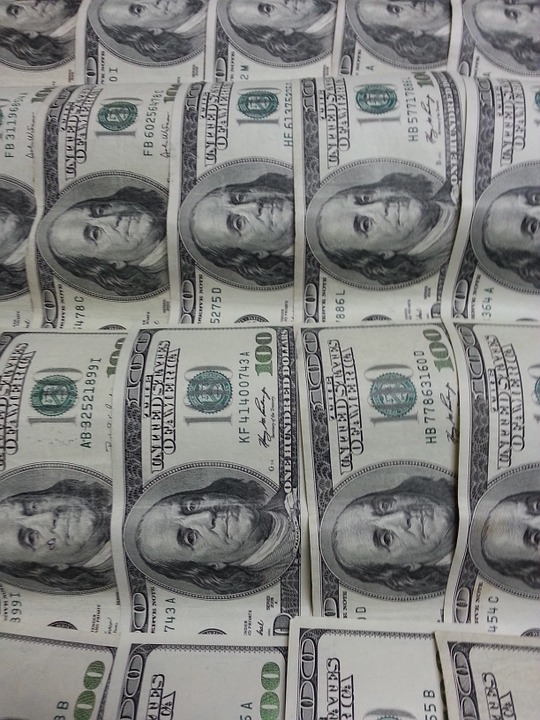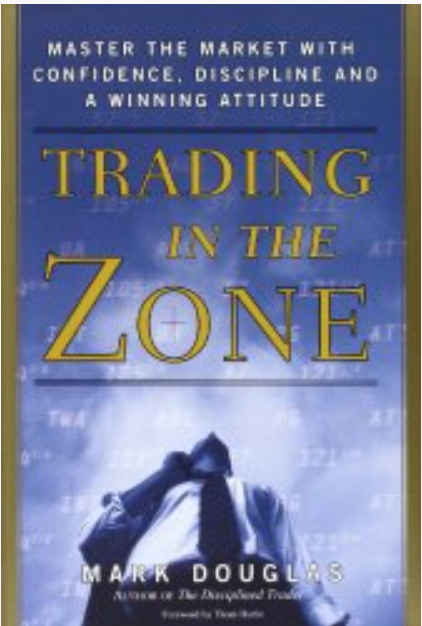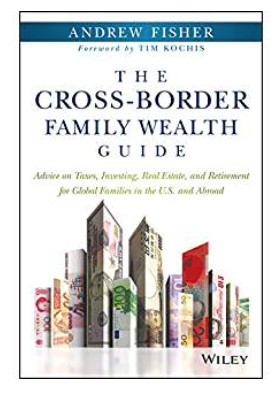Guest article by Andrew Fisher, Chief Investment Officer and a Senior Client Advisor of Maxim Global Wealth Advisors
Excerpt from The Cross-Border Family Wealth Guide
Most cross-border professionals are quite surprised when they learn about the many financial requirements that go hand-in-hand with residing in the United States. Becoming a U.S. tax resident brings with it a great deal of potential complexity, both with regard to U.S. tax laws as well as other allied rules and regulations affecting things like moving funds from one country to another, opening accounts in more than one country, investing, business ownership requirements, and retirement planning. The U.S. system, then, is generally more complex both with regard to its tax code (many European countries have at taxes or tax codes that are much simpler than the U.S. code) and the many other rules, regulations, and requirements that the United States imposes. For those cross-border professionals and globally mobile families with the most interest in wealth planning—which involves not only taxation and tax minimization strategies, but also questions of investment structure, asset allocation, savings and retirement plans, currencies, and so on—it can be a truly daunting task.
Likewise, for U.S. citizens living abroad, the long reach of the U.S. tax system complicates things— a U.S. citizen living abroad is treated for tax purposes nearly identically with a permanent resident alien living abroad—but for a number of reasons, this has not troubled too many people or been seen as much of an issue. Why not? Well, first, many U.S. citizens abroad haven’t been aware of their requirement to file. Upon becoming aware of the requirements, such individuals generally must seek professional tax assistance and come to an arrangement with the U.S. Internal Revenue Service (IRS) for missed taxes. Second, many U.S. citizens living abroad are doing so because they are working in Western Europe, and most countries there have substantially higher tax rates than the United States has, which means that by the time a tax credit offset is given, they likely do not owe any U.S. taxes.
Consider, for example, a software coder from California who has moved to Germany indefinitely and is aware of his need to file with the IRS (since he is still a U.S. citizen). To begin with, in most cases he won’t have to file a California state tax return. This is because, like most states, California bases its taxation on a person’s intent and residency, and allows you to break residency should you move to another U.S. state or internationally. Now, without California tax in the picture, this software coder might be subject to a top U.S. tax rate of 28 percent (after applying the foreign income exclusion), but he will first be paying approximately 45 percent in tax and various withholdings on his earnings in Germany (since he physically resides there, Germany gets to go first). With the tax credit he gets for what he paid in Germany, he is likely to end up owing no additional U.S. taxes.
Scarcity of Professional Help and Information
In addition to the lack of uniformity and the significant complexity, there is a third unique challenge: the lack of—the scarcity of—readily available help and easily accessible information. While those who are ultra-affluent can afford to put together a specialized team consisting of accountants, attorneys, and other professionals, most successful educated families and themselves facing a lack of good information and guidance. With so many unknowns and so many unclear (and shifting!) rules and regulations, it can be difficult for such families to gain a clear sense of their financial situation, to clarify their goals for the future, and to make sure that what they’re currently doing is aligned with and optimized for achieving those long-term goals.
Unfortunately, not only are there very few resources like the book you are now holding, but there are also very few places that a cross-border professional can turn to for help with even relatively simple problems. Not only do well-known financial and brokerage firms fail to make comprehensive service offerings available for cross-border families, in most cases they actively prohibit their advisors from giving cross-border tax, financial, and retirement planning advice.
There are, simply, very few if any good sources of information available. If you are British and walk into a U.S. brokerage firm and explain that you have been with Intel for 15 years and now are retiring back to the United Kingdom and that you merely need someone to help you make sense of it all, especially what to do with your 401(k) that is worth a few hundred thousand dollars—you will in all likelihood be told that you can’t be helped. This is mainly because the complexity of what is involved is beyond the ordinary capabilities of the financial advisors involved, and the companies they work for do not want to risk giving bad advice and being liable for that advice.
Similarly, for the most part, foreign investment firms and banks will not give advice to, assist, or otherwise get involved with a U.S. citizen living abroad who has questions or problems. The world may be becoming increasingly mobile, but knowledge about what to do with cross-border financial planning has not yet become so. There’s simply too much red tape, too much complexity, and too much potential liability, not to mention the additional potential difficulties that can arise from language, translation, and assorted cultural issues.
Excerpted with permission of the publisher, Wiley, from The Cross-Border Family Wealth Guide: Advice on Taxes, Investing, Real Estate, and Retirement for Global Families in the U.S. and Abroad by Andrew Fisher.







